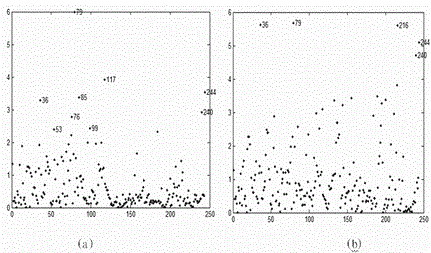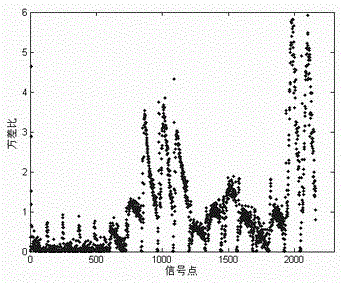A Feature Extraction Method of Intelligent Olfactory Atlas Based on Single Item Discriminant Method to Represent the Difference of Honey
A technology of feature extraction and differentiation, applied in measurement devices, material analysis by electromagnetic means, instruments, etc., can solve problems such as weakness
- Summary
- Abstract
- Description
- Claims
- Application Information
AI Technical Summary
Problems solved by technology
Method used
Image
Examples
Embodiment Construction
[0018] 1 About sample collection and preparation
[0019] In order to make the nectar source differences studied representative, according to the division of my country's geographical regions (Western China, South China, North China, East China, and Northeast China), 5 different nectar sources were selected as research samples, namely: 1) Rapeseed honey, collected from the western region 2) Lychee honey, collected from Nanning, Guangxi in South China; 3) Vitex honey, collected from Beijing Miyun and other places in North China; 4) Acacia honey, collected from Laiyang, Shandong in East China; 5) Linden tree honey is collected from Dunhua, Jilin, and Harbin, Heilongjiang, in northeast China. In order to ensure the authenticity and accuracy of the experimental samples and avoid the interference of commercial honey processing technology in the market, the samples were directly purchased from beekeepers through the Bee Research Institute of the Chinese Academy of Agricultural Science...
PUM
 Login to View More
Login to View More Abstract
Description
Claims
Application Information
 Login to View More
Login to View More - R&D
- Intellectual Property
- Life Sciences
- Materials
- Tech Scout
- Unparalleled Data Quality
- Higher Quality Content
- 60% Fewer Hallucinations
Browse by: Latest US Patents, China's latest patents, Technical Efficacy Thesaurus, Application Domain, Technology Topic, Popular Technical Reports.
© 2025 PatSnap. All rights reserved.Legal|Privacy policy|Modern Slavery Act Transparency Statement|Sitemap|About US| Contact US: help@patsnap.com



